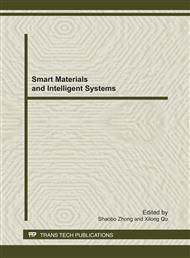p.309
p.315
p.321
p.326
p.331
p.336
p.341
p.346
p.351
Plastic Classification by Trademark Based on near Infrared (NIR) Spectroscopy Data
Abstract:
Quality control of plastic for avoiding environmental pollution and food poisoning is of utmost relevance and it is a common requirement in national norms for health and safety reasons. Among series of factors, trademark plays an integral role in the procedure which must be properly classified in order to reduce risk loss of distinctiveness. As most norms rely on chemical or physical experiment, chemometric classification models from NIRS spectra were tested for sampling polyethylene that presents potential effect of trademark by using Soft Independent Modeling of Class Analogy (SIMCA) and Factor Analysis in this paper. The classification models were carried out with two kinds of trademarks (F410-3 and LA0710) of 50 test samples from Singapore and Qatar respectively. And the experimental results show that the SIMCA classification obtained 88% accurate identifications, while Factor Analysis gives 100%. By using this strategy, it was feasible to conclude a better method to classify plastic quickly and nondestructively without the need for various analytical determinations.
Info:
Periodical:
Pages:
331-335
Citation:
Online since:
January 2012
Authors:
Keywords:
Price:
Сopyright:
© 2012 Trans Tech Publications Ltd. All Rights Reserved
Share:
Citation:


